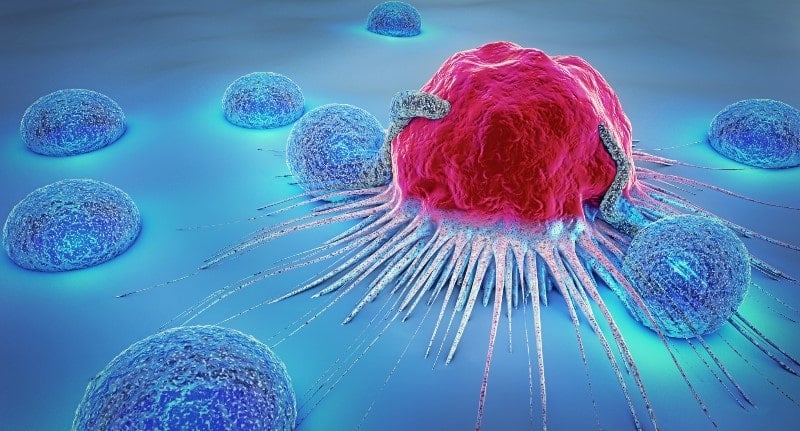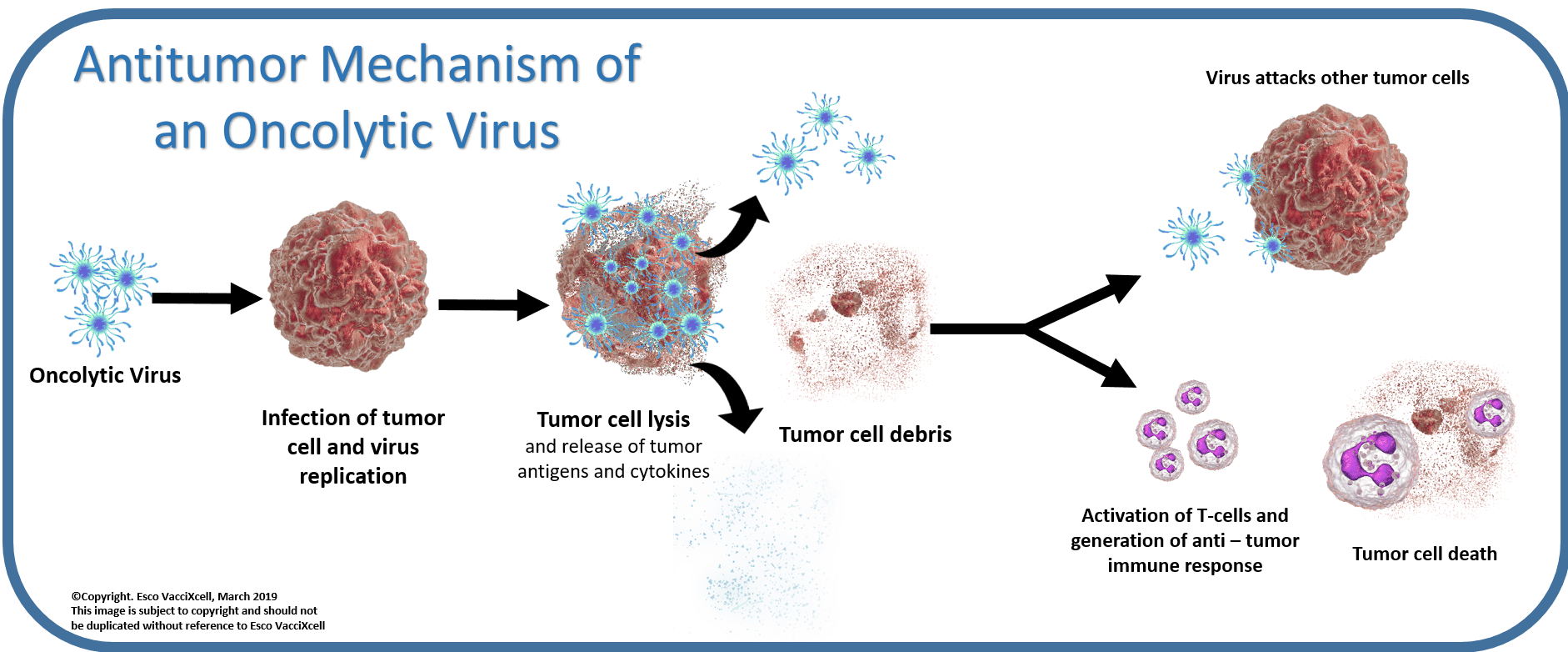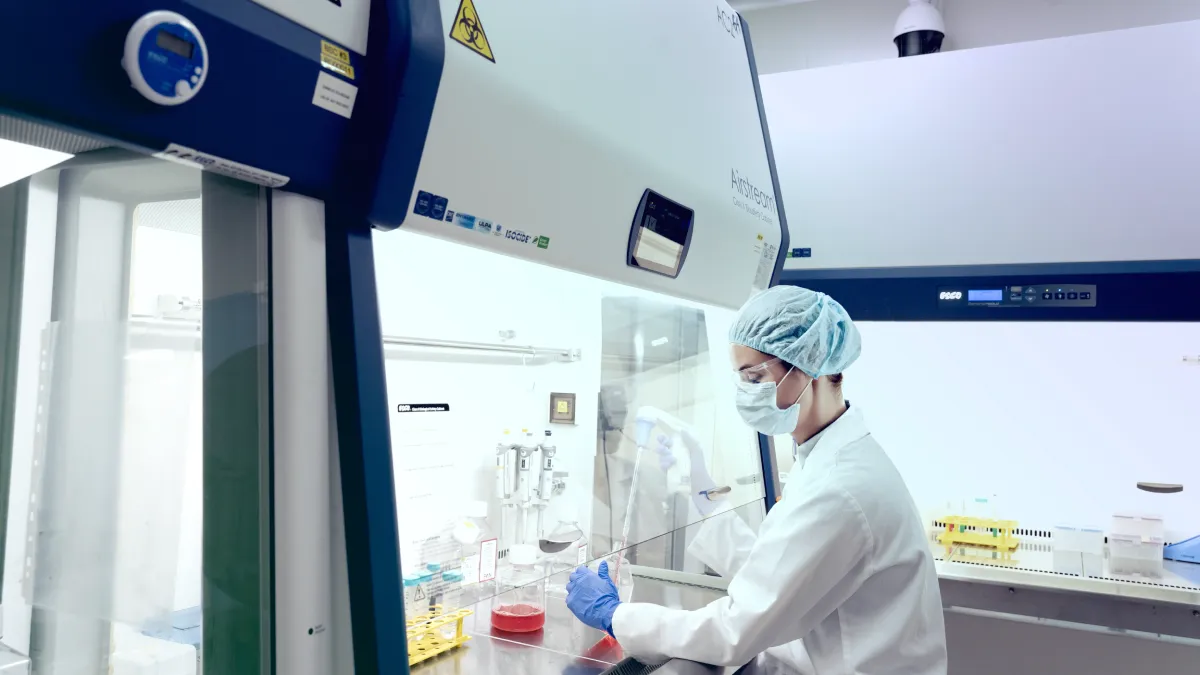
Oncolytic virotherapy is considered as one of the major breakthroughs in immunotherapy especially in terms of enhancing the immune response to tumor. Oncolytic virus, a genetically modified virus, infects and kills cancer cells but leaves the normal cells unharmed; after which, tumor antigens will be released by the dying cancer cells that allow the cancer to be recognized by the immune system.
To date, National Cancer Institute (NCI) revealed that the talimogene laherparepyec is the only FDA-approved oncolytic virus treatment. This is a genetically modified form of herpes virus, (cold sore virus) used for treating melanoma. The virus is able to secrete the protein that stimulates the production of immune cells in the body thus, the risk of causing of herpes will be reduced.
Oncolytic therapy treats many types of cancer. This includes melanoma, ovarian cancer, cervical cancer, brain cancer, and many others. Specific viruses were genetically designed to kill each of type of cancerous tumor.
On the other hand, there are many factors to be considered in the biological mechanism of viruses to kill tumor cells. This include the cell, the target tissue, and the virus itself.

Figure 1. There are two distinct ways on how these viruses target a particular cancer cell or tumor. The virus will infect the cancer cell and replicate itself. This results in destruction of the cancer cell (cell lysis) - releasing the tumor antigens and activating antibodies. T-cells will be activated and generates anti-tumor response causing the cancer cell to die.
The production of viral vectors is one of the important process in this therapy. A viral vector is a virus that carries a specific genome and (add more description). It can be proliferated through infecting a chosen stable cell line, which are usually adherent in nature. The virus titer depends on the host cell line which provides a suitable environment for genome amplification and expression. Mammalian cell lines are commonly used cell for the virus production. Since mammalian cells are commonly used for this production, shear stress and cell culture media must be considered for overall culture success.
Esco VacciXcell Tide Motion bioreactors offers excellent mass production of viral vectors as the gentle vertical oscillation of the culture media is achieved. Once infected in the host cell line, large amounts of these vectors will be found in the culture supernatant after days of culture, which can then be continuously harvested from the bioreactor. After harvesting, new culture medium can perfuse in the bioreactor for continuous production. Flexibility in terms of purification after culture is also reduced since BioNOC™ II generates low lint waste. This resolves the time-consuming, downstream processing issue.
Despite the promising results of oncolytic virus therapy, further studies need to be done to enhance the efficacy of this therapy.
References:
1.) National Cancer Institute (February, 2018) Oncolytic Virus Therapy: Using Tumor-Targeting Viruses to Treat Cancer. Last Accessed February 24, 2019 from https://www.cancer.gov/news-events/cancer-currents-blog/2018/oncolytic-viruses-to-treat-cancer.
2.) Immuno-oncology News (July, 2018) Oncolytic Virus Therapies. Last Accessed February 24, 2019 from https://immuno-oncologynews.com/oncolytic-virus-therapies/.
3.) Raja J., Ludwig M., Gettinger S., Schalper A., Kim H. 2018. Oncolytic virus immunotherapy: future prospects for oncology. ImmunoTherapy of Cancer 6:140
Sign up to our newsletter and receive the latest news and updates about our products!
